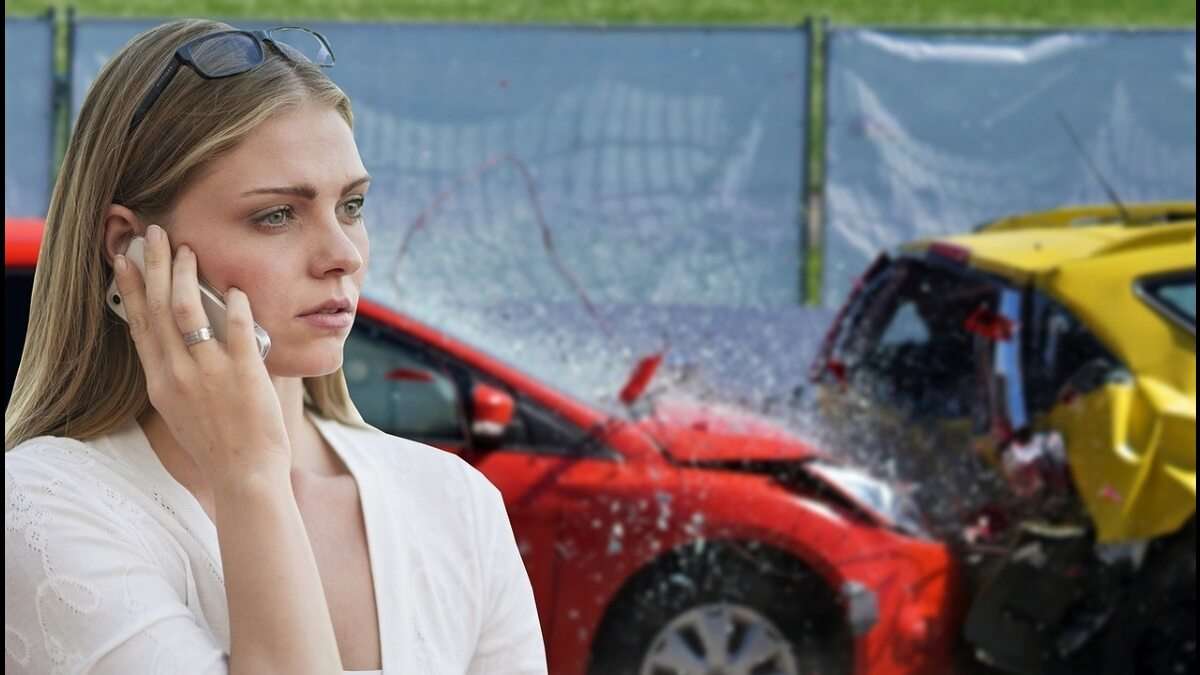Rear end collision laws vary state-by-state. However, in many cases overall, just being the one behind the wheel that hits another vehicle from behind, headed in the same direction is considered to almost always be the fault of the vehicle that did the rear-ending. Which means, if you are the offending rear-ender, then it is up to you to convince the court system why you are not.
That was the overall message in a recent Steve Lehto YouTube channel episode where Steve discusses whether it is true that in all cases if you are the one who winds up rear ending another vehicle then you are considered to be at fault and why this is so.
Related article: Booby Trapped Truck Makes the News and Raises Questions
According to the host it’s a legal matter of prima facie evidence" in which the legal system considers that a particular fact (such as who reasonably collided with who when it comes to rear end collisions) is in a sense “true” until that “fact” or “truth” is contradicted and/or overcome by other evidence.
Related article: Are Mandatory Prison Time Laws Overdue for Carrying Any Firearm in a Car?
We’ve All Been Guilty of Doing This
Here’s an example many of us can relate too:
Spend enough time at an intersection watching traffic and you will assuredly see the following happen. Three lanes (or more) of traffic facing the stop light waiting impatiently for the light to turn green. A green left turn arrow comes on and the far-left lane traffic begins to move. But sometimes a car or two in the right-side lanes budge forward only to stop and realize it’s not their green light. The risk is that a car behind the momentarily budging car may also move forward thinking the light turned green only to touch bumpers at best or collide at worse with some damaging force.
Related article: Most Unsafe Cars, SUVs, and Trucks with The Worst Crash Test Scores
Who’s at fault? Does this count as a rear end collision?
It happened once to me as being “that guy” who momentarily lurched forward and then stopped. The guy behind me collided into me and damaged my bumper. Police arrived and the guy behind me said it was my fault because he saw my brake lights go out when I moved forward and thereby resulted in his moving forward and then hitting me when I stopped unexpectedly. He said I brake-checked him.
Long story short, once our IDs were checked, the guy who rear ended my vehicle was arrested because the car he was in was technically stolen (he claimed “borrowed”) and the matter was left to the insurance providers. Guy had Chutzpah; I’ll give him that.
The Value of the Video
The point to this topic and the value of the video is not only what the host has to say about the legalities involved and how the court sees this kind of traffic violation, but also the comments section of the video where you are given a good number of true-life scenarios/experiences that weigh heavily toward what your best protection is to during a rear end collision---both a front-facing and rear-facing dash cam going all the time.
Only then do you stand a good chance of challenging the legal viewpoint of prima facie evidence…and a jury of your peers.
To hear more details about the law and how it applies and differs depending on the jurisdiction of a rear collision accident, watch the video, read the comments, and see if you believe that the best legal driving defense is a good offense-recording device in your car.
And finally…
For more about car related accidents and warnings, here are a few selected articles for your consideration and enjoyment:
- Consumer Reports Discusses When Your Car’s Lawsuit Avoidance Safety Feature Fails
- Concealed Collision Damage and Car Seller Impersonator Scams
- Avoid Fines and Jail with This Speed Trap Evasion Radar Need to Know Info
Timothy Boyer is Torque News automotive reporter based in Cincinnati. Experienced with early car restorations, he regularly restores older vehicles with engine modifications for improved performance. Follow Tim on Twitter at @TimBoyerWrites for new and used vehicle news.
COMING UP NEXT: High Octane Fuel Truths for Car Owners
Image Source: Pixabay





